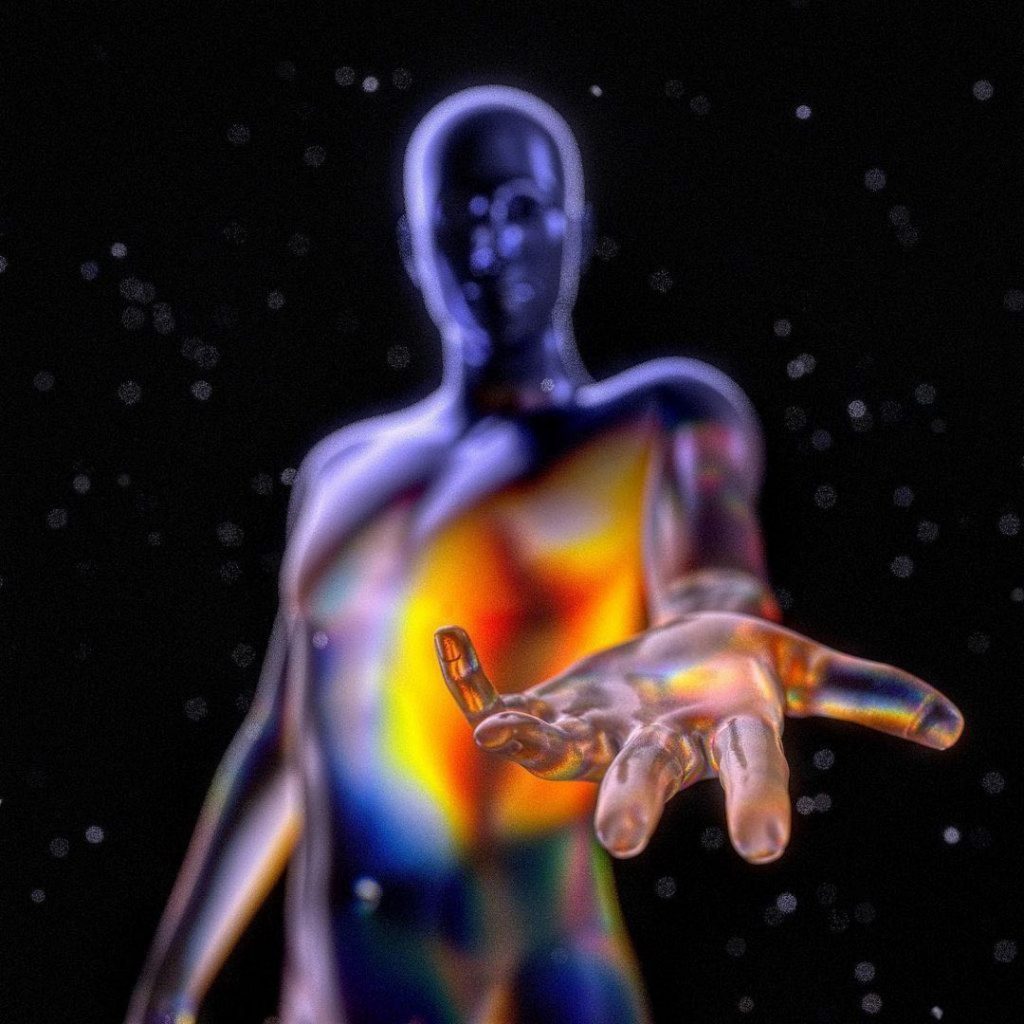Last week I animated the footage of some scenes I had made, I just had to edit them together.
I chose Nirvana’s famos song ‘Something in the way’ as the background music. Because the guitar sound is very suitable for this British scene.
Summary
I used a new workflow for this experimental project, including the look development in Maya’s asstes making section, which was also my first attempt. I think this attempt is only 80% successful, because some parts of the production did not go as I expected. For example, I didn’t know at first that Arnold materials couldn’t be used in Unreal Engine, and all the material spheres I made at the beginning were gone, which led me to do the material process again in Unreal Engine. In addition, I also made a mistake, Maya’s Group information also can not be well inside the UE, in the UE inside the system directly I set up in Maya to distinguish the group into a model, so I can not adjust these models individually, which also caused some trouble for the later production. Because I don’t have enough time to test Maya and Unreal Engine’s live plug-in, this plug-in can connect the two software in real time, I can do animation inside maya at the same time, and UE on the other side will update my animation in real time, with this step my new workflow is complete. But no matter what, I am still satisfied with the overall effect, for the quality of real-time rendering is also better than I expected, the previously mentioned real-time animation connecting plug-in I will go to use in FMP and see what will happen then.
Blog Link
WEEK2: https://zhenzhongliang.myblog.arts.ac.uk/2022/06/14/week2-reference/
WEEK3: https://zhenzhongliang.myblog.arts.ac.uk/2022/06/15/week3-assets-collection-look-development/
WEEK4: https://zhenzhongliang.myblog.arts.ac.uk/2022/06/15/week4-character-in-daz-export-to-maya-workflow/
WKKE5: https://zhenzhongliang.myblog.arts.ac.uk/2022/06/18/week5-layout-basic-light-in-maya/
WEEK8: https://zhenzhongliang.myblog.arts.ac.uk/2022/06/18/week8-building-light-decals-shader/
WEEK9: https://zhenzhongliang.myblog.arts.ac.uk/2022/06/18/week9-cubemap-sequence/

